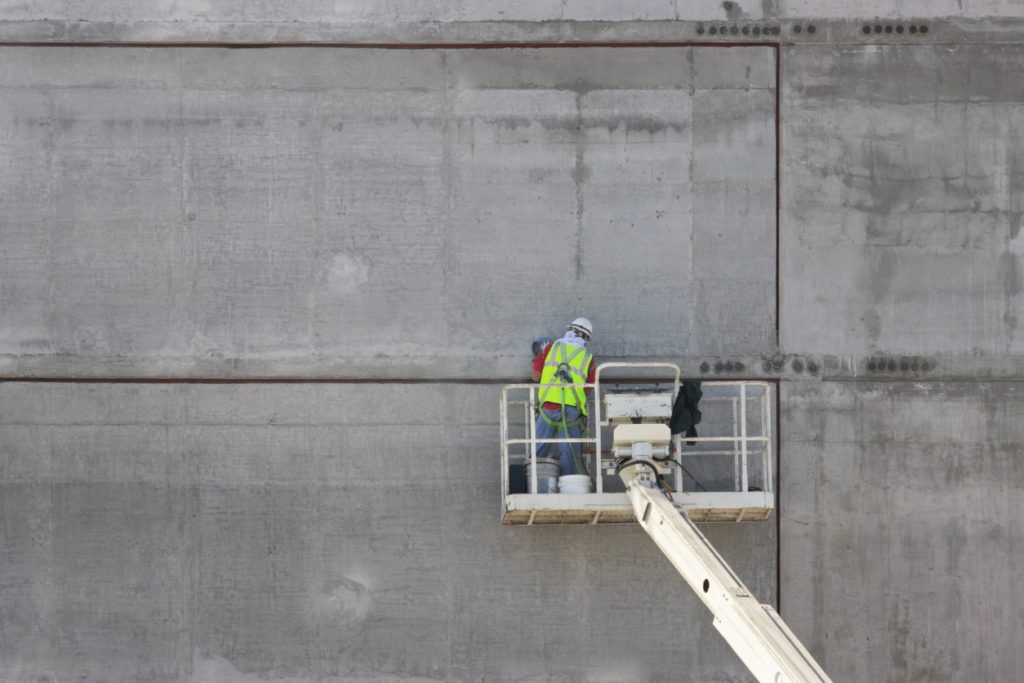In this digital era when photo-editing software is ubiquitous, always keep one golden rule in mind -photos are for reference only. This is especially true when it comes to purchasing properties, and thus, never forget to pay a visit to the property you desire before signing a purchase or rental agreement. In response to rookie homebuyers’ call for information, we have summarized 7 tips below that all of you can consider to make your home purchase journey a blessing instead of a burden.
![[Rookie Homebuyers] 7 Things to Know before a Property Visit](https://res-cms.midland.com.hk/property-news/wp-content/uploads/2021/01/iStock-1193522577-1-1024x683.jpg)
1. Don’t be a “Two-timer” of Property Visits
Upon the completion of the property visits, prospective homebuyers are usually required to sign an Estate Agency Agreement (separate forms for property purchase and rental) which states clearly key terms of the appointment, such as the date of the visit, the location of the property and the terms and conditions for the commission. In general, the agreement will be valid for 3 months, and prospective homebuyers will then be bound to purchase or rent the visited property via the appointed real estate agency. In other words, if you make the property purchase or rental via another agency or even directly from the owner, you are still legally obliged to pay commission (generally 1% of the property price) to your appointed real estate agent.
2. Check for Changed Land Use and Alterations
In most cases, prospective homebuyers will be presented with comprehensive information during the visit, including the original floor plan, age and saleable area of the flat, from which they can check whether or not the unit has undergone any building works and/or structure alterations, contravened the Building Regulations or occupied any public or common areas. If necessary, you can also inquire the appointed real estate agent who is responsible for disclosing all relevant information of the visited flat or even request the property owner to resume the original structure prior to signing the Sale and Purchase Agreement. In addition, you should also conduct careful inspection to see if the use of the flat aligns with what is stipulated in the Occupation Permit and Deed of Mutual Covenant. A non-residential property stated in the Occupation Permit shall never be used as a residence, and vice versa.
3. Beware of Planned Maintenance Works
Building maintenance is of paramount importance when it comes to purchasing older properties. Prospective homebuyers should check if there are any planned building maintenance works, such as redecorating the external wall and replacing existing electrical installations or elevator cable connectors as these may result in unexpected extra costs. Once the scheduled maintenance work is confirmed, you should liaise with the relevant party to confirm the cost covered by each household. In general, the more the household, the lower the cost. Of course, you can also negotiate with the property owner on who to bear the maintenance costs prior to signing the agreement.

4. Look at the View and Facing Direction
The view and facing direction of the property are also must-check items during a property visit. Do remember to confirm if there are other constructions nearby as this may undermine the view of your flat and pollute your living environment with noise and dust. However, every coin has two sides. Having large-scaled construction works, such as the building of an MTR station right at your doorstep, can also mean higher potential for property appreciation! As for the facing of the unit, you may wish to avoid acquiring a west- or north-facing property as the former means roasting afternoons and expensive air-conditioning bills in summer whereas the latter means humid and gloomy winters.
5. Eyeball Electricity and Plumping
When you encounter a flat with new decor, always remember to check all the power sockets and switches to see if they are functioning properly and staying safe and sound at where they should be. What’s more, scrutinize all taps and try flushing the toilet because the repair may cost you an arm or a leg. Given that leaks in a house can be a pain in the neck, you are also suggested to carry out thorough inspection on the windows and ceiling to see if there are signs of leakage. If yes, think twice before purchasing the flat as negotiation with neighbors on the leakage problem could be mind-blowingly troublesome.
6. View the Property under Different Weather Conditions
If possible, prospective homebuyers should view the property at least twice, once on a sunny day to check the furnishing and view of the flat and once on a rainy day to see if there are any leaks and damp corners.
7. Obtain the Land Search Record Prior to Signing the Agreement
After the property visits are completed, you can request from the real estate agent the Land Search Record of the involved property, including the title assignment of the building, the year of intake, the name of the previous owner, historical transactions and mortgage of the flat. With such information, you will be able to avoid potential traps by checking for the existence of any mortgage, court orders, building orders, tenant agreements, litigation or encumbrances in relation to the involved unit.


